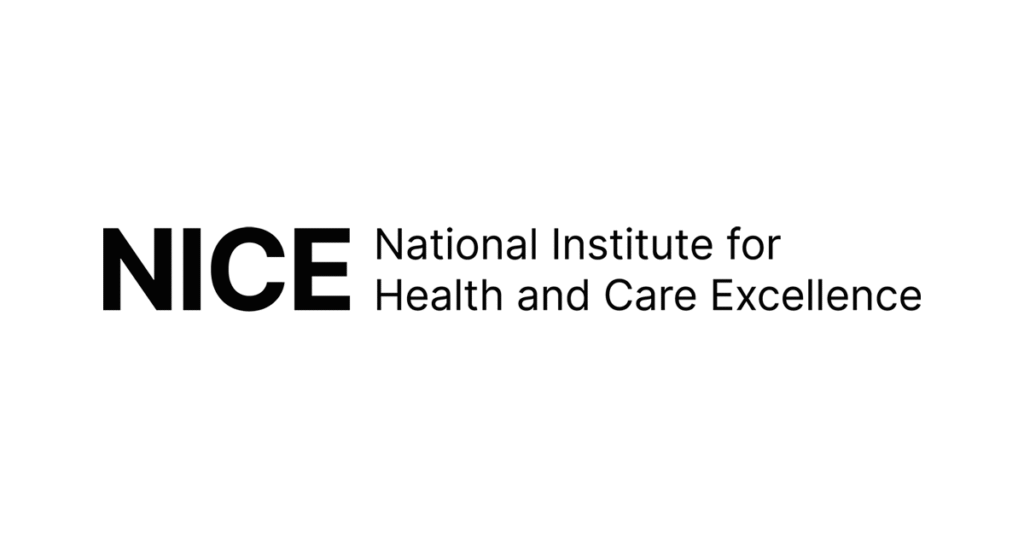When a new treatment or drug becomes available organisations across the globe, such as NICE, assess their clinical and cost effectiveness to ensure they provide value to health and care systems. To do this we need to consider a number of factors. What those factors should be has been a topic of discussion among pharmaceutical and healthtech companies, patient organisations and academics.
HEMA was convened to be an independent voice guiding best practices in international health technology assessment (HTA). It aims to critically examine and assess new methods, and is a collaboration with the Institute for Clinical and Economic Review (ICER) from the US and Canada’s Drug Agency (CDA-AMC).
Through its working group and topic specific experts, HEMA explores topics that include potential benefits, disadvantages, and uncertainties associated with methods. It will provide guidance and recommendations to the international HTA community and develop a series of publications to share learning and best practice.
Delivering on evidence
HEMA has now published its first draft report for public comment. The report examines whether factors other than health benefits and costs to the system should be considered when deciding if treatments should be recommended. These factors include the burden on families and carers, if treatments address health inequalities, how much risk patients are willing to accept on novel treatments and the value of a diagnosis.
The HEMA working group considered the evidence for each factor, taking into account relevance, measurability and trade-offs with other treatments. We’re now inviting comments and views on the findings of the draft report from patients, clinicians, and other stakeholders. The consultation will run until 30 October 2025.
The final report, due in January 2026, will incorporate this feedback and provide concrete guidance that health technology appraisal organisations worldwide can use to improve their evaluations.
Difficult questions with real-world implications
What makes this work meaningful to us is how HEMA is considering the hard questions: do we have reliable ways to measure these benefits? Can we properly understand what it might cost other patients if we prioritise one treatment over another?
These aren’t just academic questions – they have real-world implications for patients waiting for treatments and health systems working within finite budgets.
One of the strengths of the HEMA partnership is how it brings together perspectives from very different healthcare systems. The US, Canadian, and UK approaches each have their own strengths, and by working together, we’re developing methods that are both rigorous and adaptable to different contexts. This diversity of perspective makes our recommendations stronger and more widely applicable.
Looking forward
This work aligns closely with the government’s mission to build an NHS fit for the future. By ensuring we have the most robust methods possible for evaluating new treatments, we’re helping to create a system that can adapt and respond to medical innovations while maintaining fairness and value for money.
We’re convinced that patients everywhere will benefit from this collaborative effort to raise standards in health technology assessment. It’s exactly the kind of work that demonstrates why international cooperation in healthcare evaluation matters so much.
Public consultation on the draft report runs until 30 October 2025. Comments can be submitted by email to public_comments@hemamethods.org. For more information on the HEMA working group guiding principles, visit HEMA’s website.

